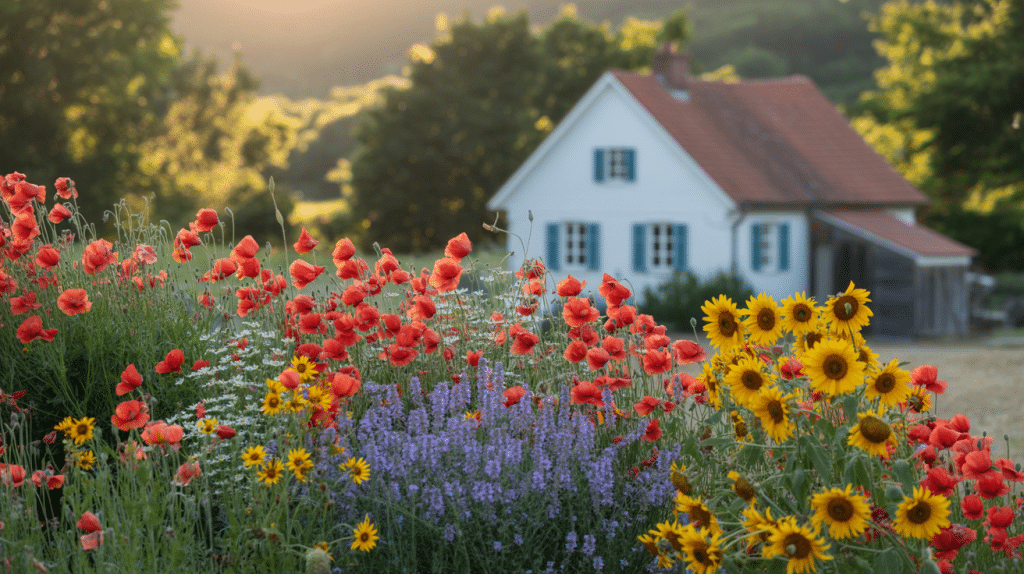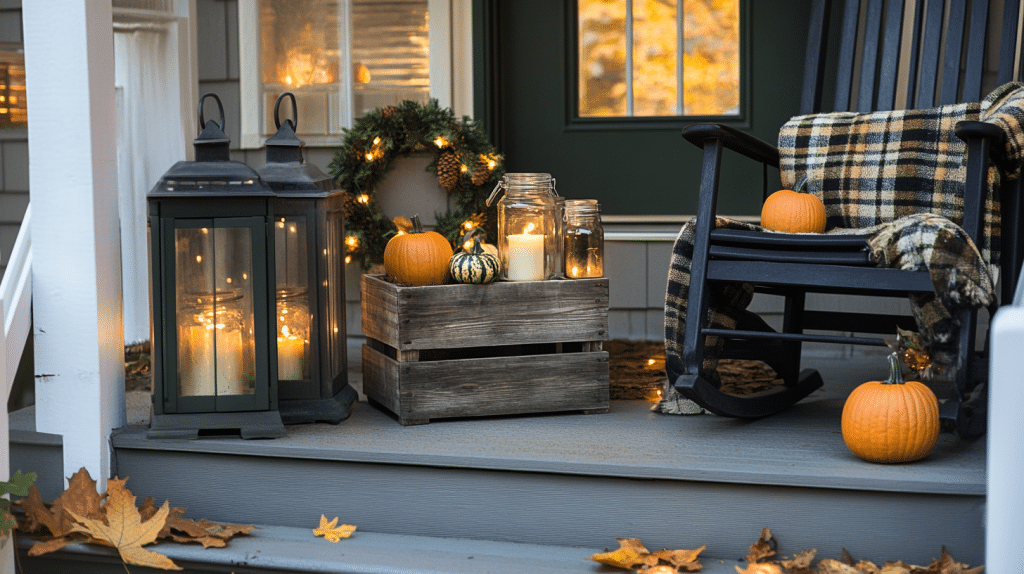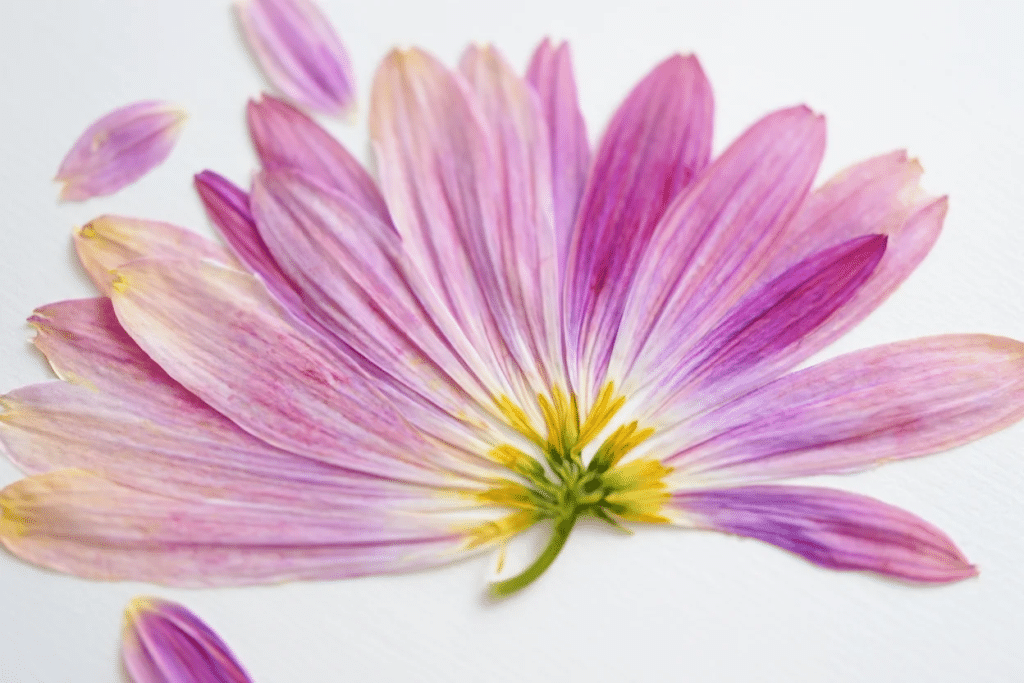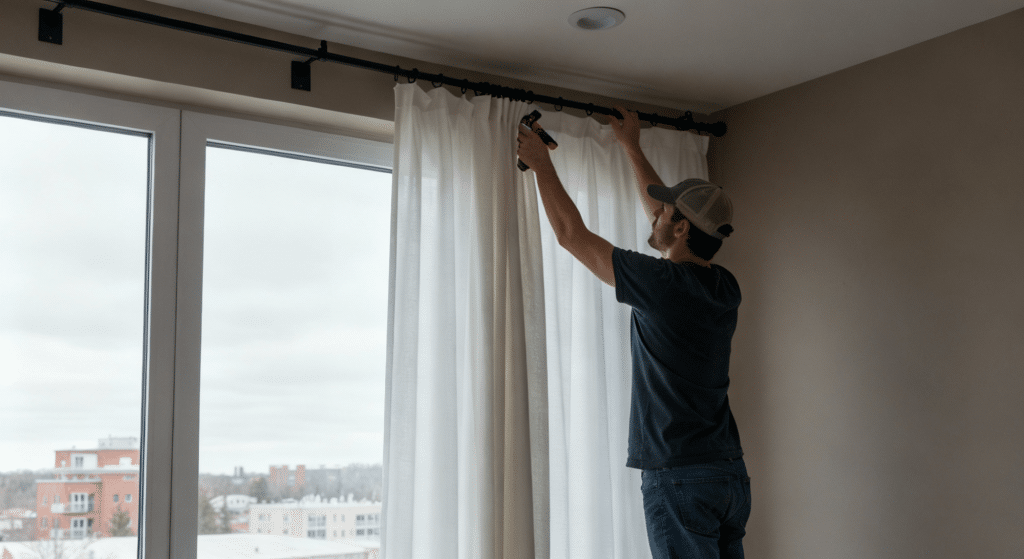Creating a garden that stands out can feel challenging when working with a flat yard.
A flower berm might be the perfect solution for your garden woes. This raised mound of soil creates depth, adds character, and changes boring spaces into eye-catching focal points without major construction.
In this blog, I’ll show you why flower berms are worth your time, the design ideas for your berm. You’ll learn how even small berms can make a big difference in your outdoor space.
What is a Flower Berm?
A flower berm is simply a mound of soil that sits higher than the rest of your garden.
I like to think of it as a small hill that you create on purpose in your yard. These raised areas can be as big or small as you want, from just a foot high to several feet tall.
The main point is adding shape to flat land. When I built my first berm, I was amazed at how it broke up the monotony of my yard. You can make them round, curved, or long. Once built, you’ll plant flowers and shrubs on top to create visual interest and depth.
Environmental and Practical Reasons to Build a Flower Berm
When I first built a berm, I was just hoping to make my yard look nicer. But I quickly found out there’s much more to these garden features than just looks.
Here are practical and environmental benefits that might convince you to add a berm to your landscape.
1. Improved Drainage Control
Berms change how water moves through your yard, which can fix wet spots and prevent erosion. I’ve used them to direct rainwater away from my home’s foundation and toward plants that need extra moisture.
They create natural channels for water flow, reducing puddles and soggy areas that can damage plants and attract mosquitoes. This natural water management works better than artificial drainage systems in many cases.
2. Creates Microclimates for Plant Diversity
The slopes of a berm create different growing conditions on each side. The south-facing slope gets more sun and stays warmer, while the north side offers cooler, shadier spots.
I’ve noticed this allows me to grow a wider range of plants in a small area. Some plants thrive on the warmer, drier top while others prefer the cooler, moister base, giving you more options for your garden design.
3. Reduces Noise Pollution
Believe it or not, berms act as natural sound barriers. The raised earth absorbs and deflects sound waves, making your yard quieter and more peaceful.
I built mine near the street side of my property, and it noticeably cuts down traffic noise. For homes near busy roads or noisy areas, a series of planted berms can create a buffer zone that makes outdoor time more pleasant.
4. Natural Privacy Screen
When planted with the right shrubs and tall flowers, berms add privacy without the need for fences. I love how they block sightlines in a natural, soft way that doesn’t feel like I’m walling myself in.
The extra height from the raised earth means plants don’t need to be as tall to create screening effects. This works especially well for blocking views from roads or neighbors’ windows.
5. Extends Growing Season
The unique structure of berms can help you grow plants earlier and later in the season. South-facing slopes warm up faster in spring, letting you plant sooner.
I’ve found that my berm protects tender plants from cold winds during changing seasons. The improved drainage also means soil thaws earlier, extending your growing season by several weeks on either end of summer.
6. Creates Habitat for Beneficial Wildlife
Berms add important habitat diversity that attracts helpful garden allies. The varied moisture levels, sun exposure, and plant types support different insects and animals.
I’ve noticed more butterflies, bees, and birds since adding my berm. Small creatures can find shelter among the rocks and plants, creating a mini-ecosystem that helps control pests naturally without chemicals or interventions.
7. Reduces Lawn Maintenance Areas
Converting part of your lawn to a berm cuts down on mowing, watering, and fertilizing grass. I’ve saved hours of yard work and gallons of water since making this change.
Once established with the right plants, berms need minimal care compared to lawns. This saves resources and time while creating a more interesting landscape that doesn’t need weekly attention during growing seasons.
Flower Berm Design Ideas
Successful berm design combines a harmonious mix of trees, shrubs, perennials, annuals, and bulbs arranged with attention to plant size, repetition, and color patterns to create rhythm and visual interest.
Planning for mature plant growth and using odd-numbered groupings increases natural flow and balance, ensuring a colorful, cohesive, and sustainable garden feature.
1. Colorful Curved Border Berm
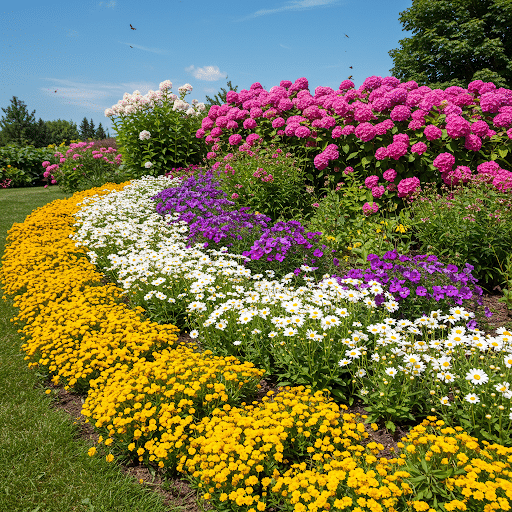
Sweeping curves of daisies, marigolds, phlox, and petunias create a radiant, multicolored floral wave. This cheerful design is perfect for framing garden beds or pathways, providing a long-lasting splash of color from early summer to fall.
2. Tiered Bloom Circle Around Blossom Tree
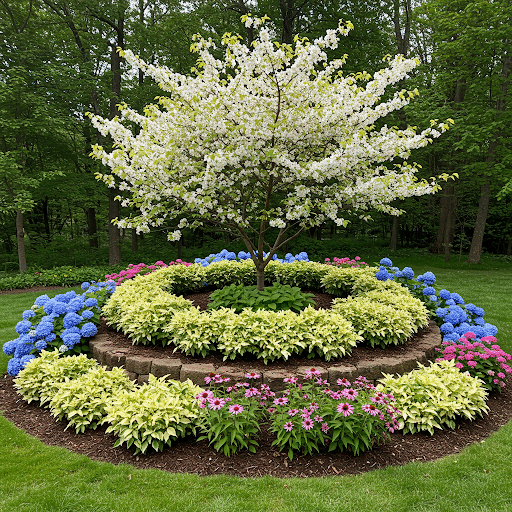
A blossoming tree sits proudly at the center, surrounded by rings of colorful flowers, including hydrangeas and echinacea. Elevated with stone tiers, this design adds structure and visual rhythm, making it perfect as a central garden showpiece.
3. Woodland Edge Floral Berm
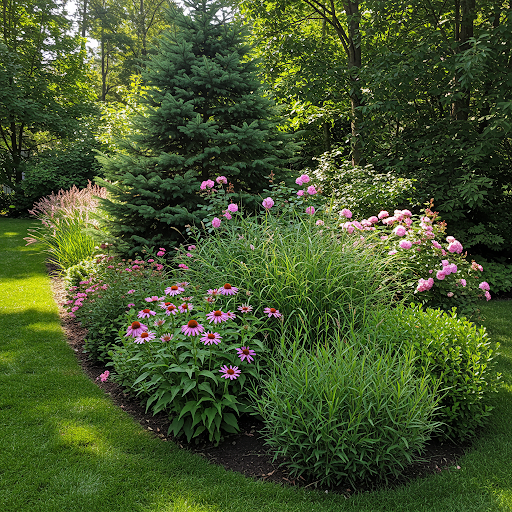
Blending peonies, coneflowers, ornamental grasses, and evergreens, this berm brings a naturalistic charm to shaded garden corners.
The flowing shapes and soft colors complement forest backdrops while offering seasonal interest and a lush, layered composition.
4. Desert Rock and Succulent Berm

This drought-tolerant design features agave, succulents, and ornamental grasses interspersed with rocks. Ideal for xeriscaping, the berm combines structural drama with low-maintenance beauty, adding texture and depth to arid or minimalist garden settings.
5. Lavender and Rose Harmony Berm
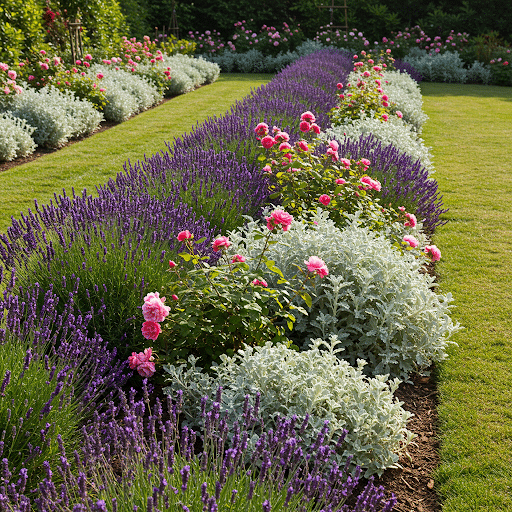
This classic design pairs fragrant lavender with colorful pink roses and silvery lamb’s ear foliage.
The layered contrast of color and texture creates a serene yet dynamic landscape that draws attention along winding paths or linear garden stretches.
Wrapping It Up
Adding a flower berm to your yard does more than just create visual interest. It solves real problems like poor drainage and noise while making your outdoor space more functional and beautiful.
I’ve seen my garden transform after building berms. My plants are happier, I spend less time mowing, and I enjoy more privacy from the street. The extra height makes even small gardens feel larger and more beautiful.
Starting small is perfectly fine; even a modest berm can make a big difference. Your yard has potential just waiting to be shaped.


